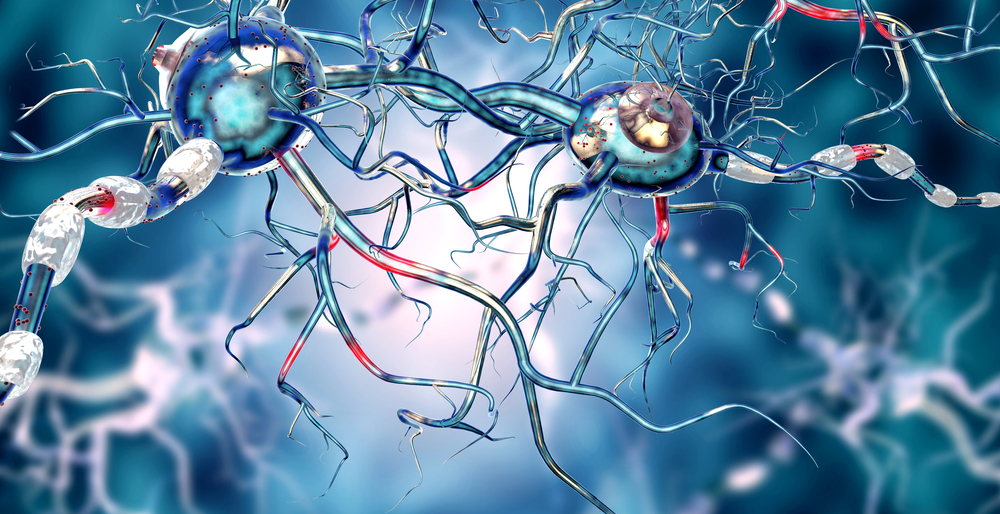Compound in Rice Bran Oil Protects Nerve Cells in ALS Models, Study Finds

A compound found in rice bran oil may lower oxidative stress levels and may be beneficial to people with amyotrophic lateral sclerosis, an early study in fruit flies and disease-related cell models shows.
These findings were reported in the study “γ-Oryzanol mitigates oxidative stress and prevents mutant SOD1-Related neurotoxicity in Drosophila and cell models of amyotrophic lateral sclerosis” that was published in Neuropharmacology journal.
An imbalance in the production of potentially damaging oxidative compounds and a cell’s ability to detoxify itself — a biological process known as oxidative stress — is reported to be involved in the onset and development of amyotrophic lateral sclerosis (ALS).
Studies indicate that about 20% of hereditary ALS cases are triggered by high oxidative stress levels, resulting from genetic mutations in the gene that encodes the antioxidant enzyme superoxide dismutase 1 (SOD1). SOD1 genetic variants may impair the enzyme’s normal activity and prevent motor nerve cells — the ones most affected in ALS — from being able to get rid of the damaging oxidant compounds.
“Thus, an anti-oxidative stress remedy might be a promising means for the treatment of ALS,” researchers with Harbin Medical University in China wrote.
Join our ALS forums: an online community especially for patients with Amyotrophic Lateral Sclerosis.
Gamma-oryzanol is the main active compound of rice bran oil (extracted from rice husks or chaff), and shown to have anti-inflammatory and antioxidant properties, among other benefits. Treatment with gamma-oryzanol was seen to hold significant therapeutic effects in experimental models of Parkinson’s disease and prevent excessive oxidative stress in the mice, further supporting its potential as treatment.
The researchers explored the compound’s neuroprotective effects, and its underlying molecular impact, in Drosophila melanogaster (fruit flies) and cell models of ALS. Both models were genetically modified to carry a mutated version of the human SOD1 gene, mimicking some of the main features of hereditary ALS.
Results revealed that gamma-oryzanol treatment could protect mutant SOD1 flies from motor nerve cell loss. Treated flies exhibited improved motor function, reduced oxidative stress damage, improved balance between reactive oxygen species and antioxidant molecules, and longer lifespans than did flies given a placebo.
Further experiments in isolated ALS cells showed that gamma-oryzanol could improve nerve cell survival by 30%–35%, and significantly prevent oxidative damage. These positive actions were mediated through the activation of antioxidant and pro-survival pathways associated with a protein called Akt and its downstream partners.
Akt activity induced by gamma-oryzanol was able to enhance the levels of Hsp70 — a protein that protects cells from various conditions of stress, including oxidative stress — and the pro-survival STAT3 signaling molecule. Akt activation also showed to support antioxidant signals through the Nrf2/GCLC signaling cascade.
Supported by these findings, the team believes that gamma-oryzanol “has potential neuroprotective effects that may be beneficial in the treatment of ALS disease with SOD1 mutations,” as well as for other neurodegenerative disorders.






